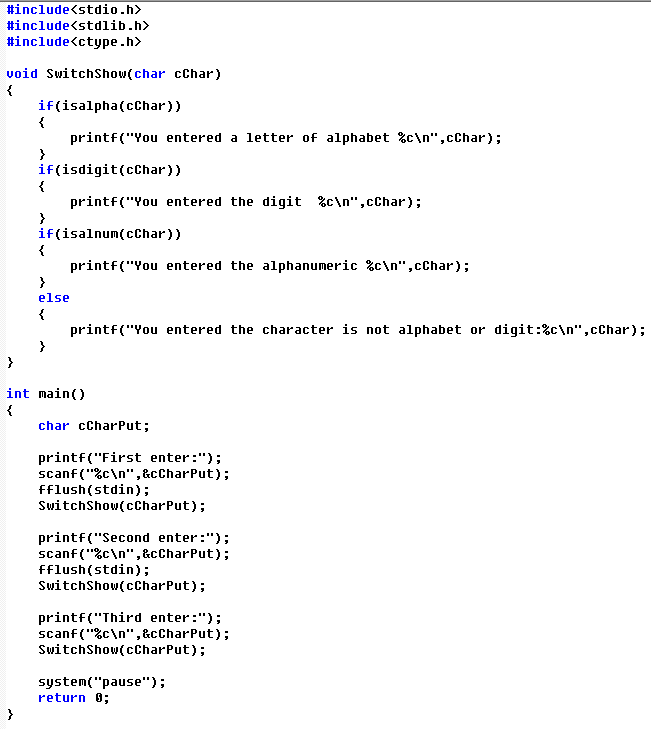fflush(stdin)是一個計算機專業術語,功能是清空輸入緩衝區,通常是為了確保不影響後面的數據讀取(例如在讀完一個字元串後緊接著又要讀取一個字元,此時應該先執行fflush(stdin);)。
基本介紹
注意
詳細解釋
#include <conio.h>#include <io.h>#include <stdio.h>#include <string.h>void flush(FILE *stream);int main(void){ FILE *stream; char msg[] = "This is a test"; /* create a file */ stream = fopen("DUMMY.FIL", "w"); /* write some data to the file */ fwrite(msg, strlen(msg), 1, stream); clrscr(); printf("Press any key to flush DUMMY.FIL:"); getch(); /* flush the data to DUMMY.FIL without closing it */ flush(stream); printf("\nFile was flushed, Press any key to quit:"); getch(); return 0;}void flush(FILE *stream){ int duphandle; /* flush the stream's internal buffer */ fflush(stream); /* make a duplicate file handle */ duphandle = dup(fileno(stream)); /* close the duplicate handle to flush the DOS buffer */ close(duphandle);}
